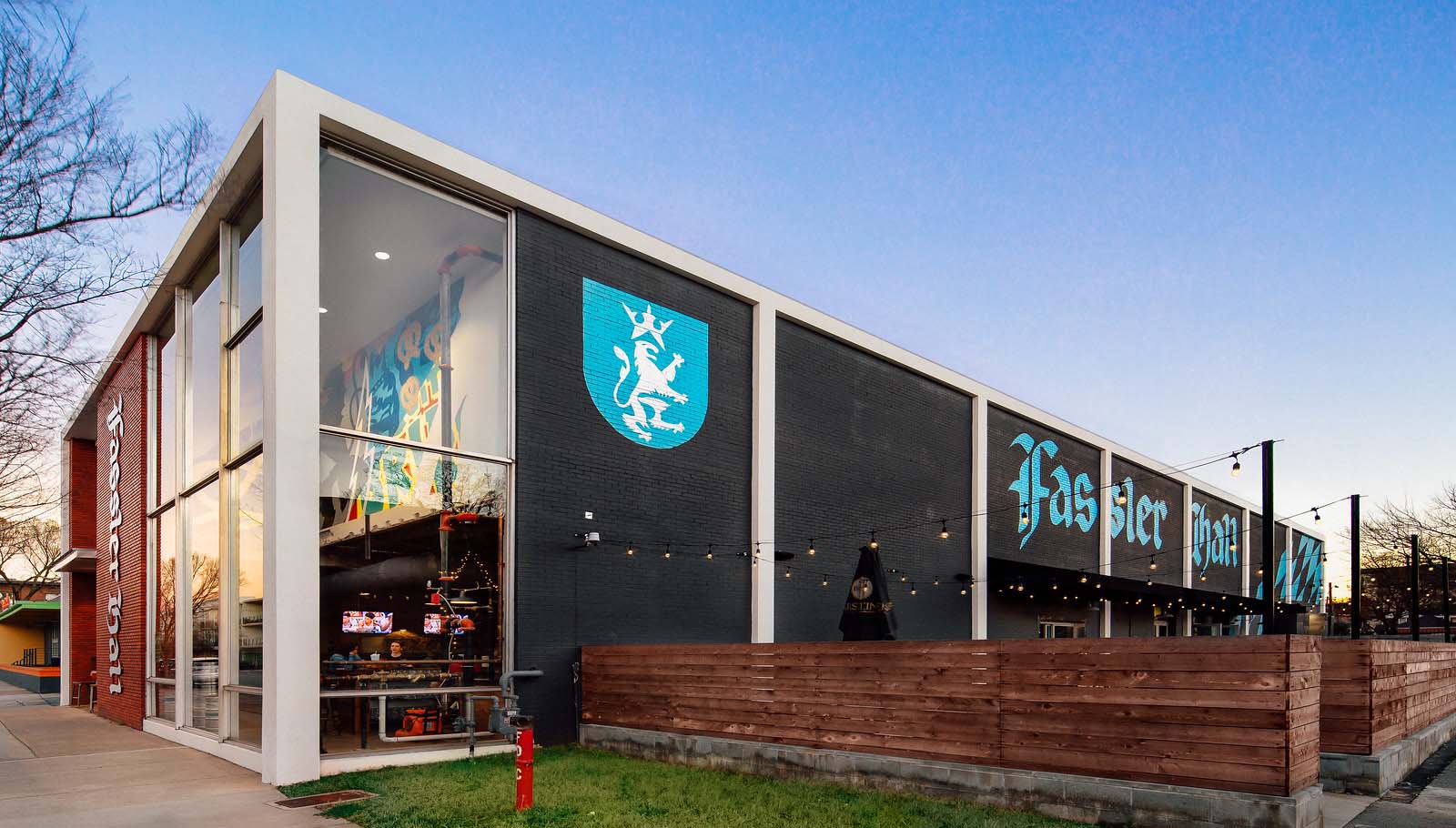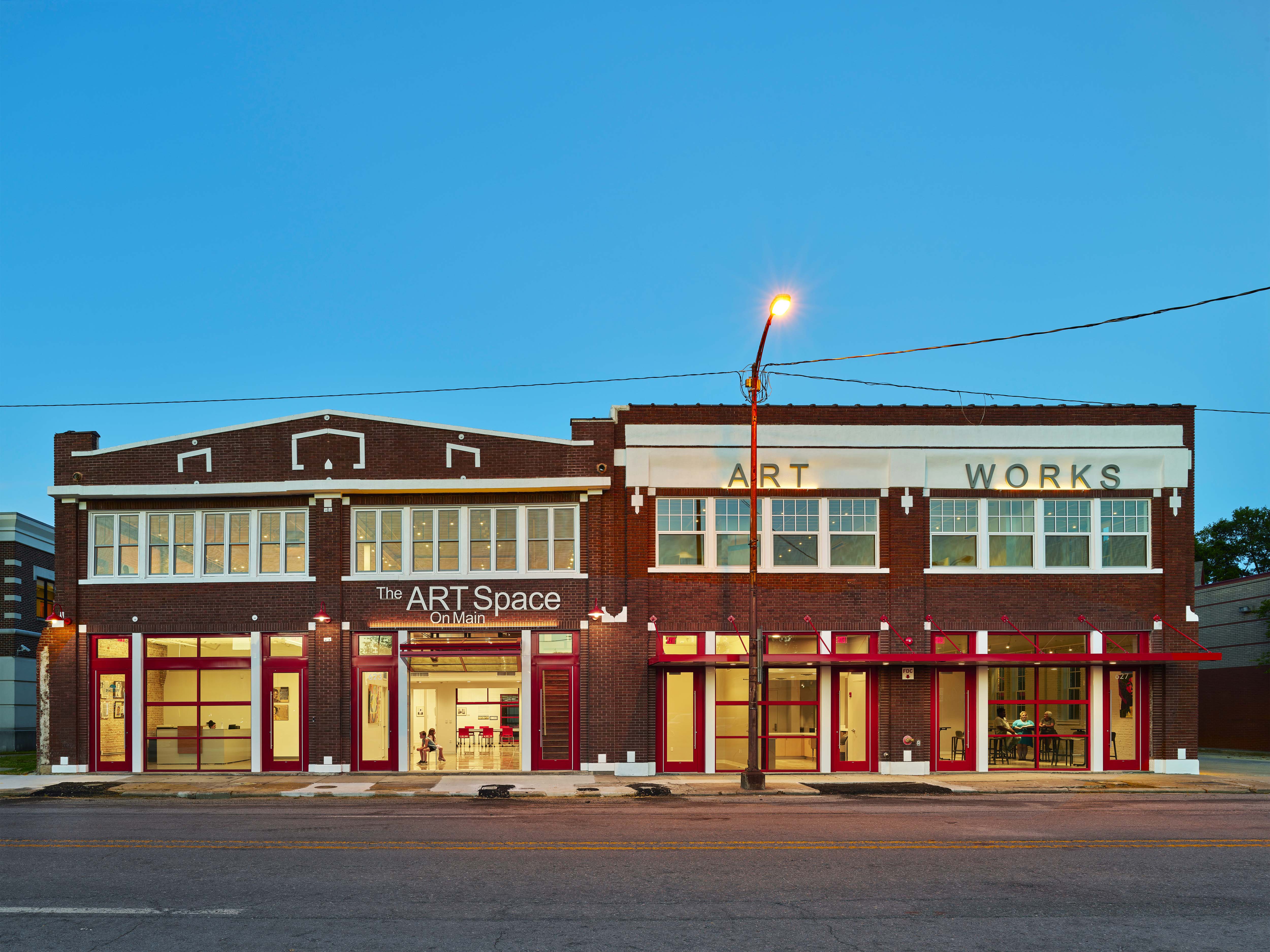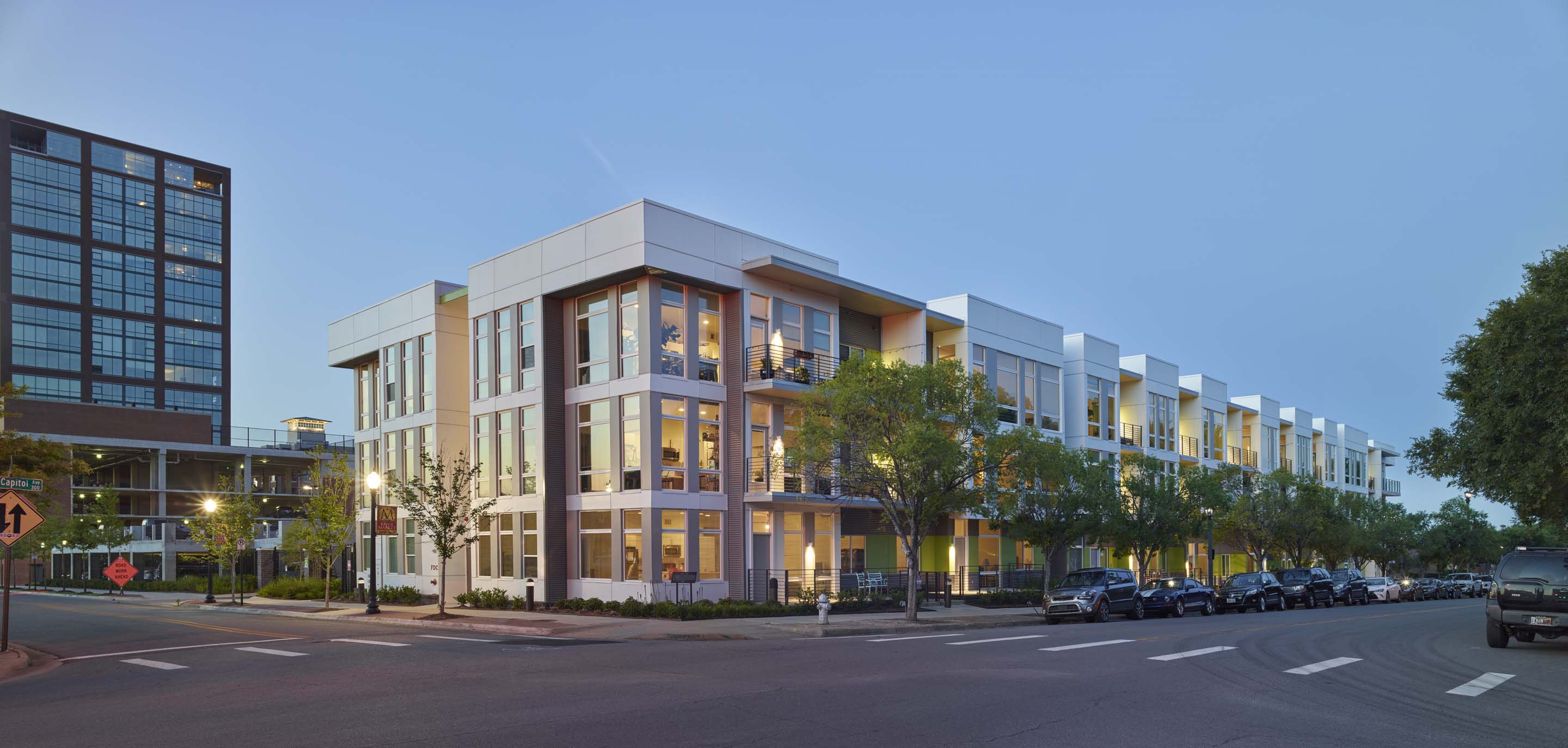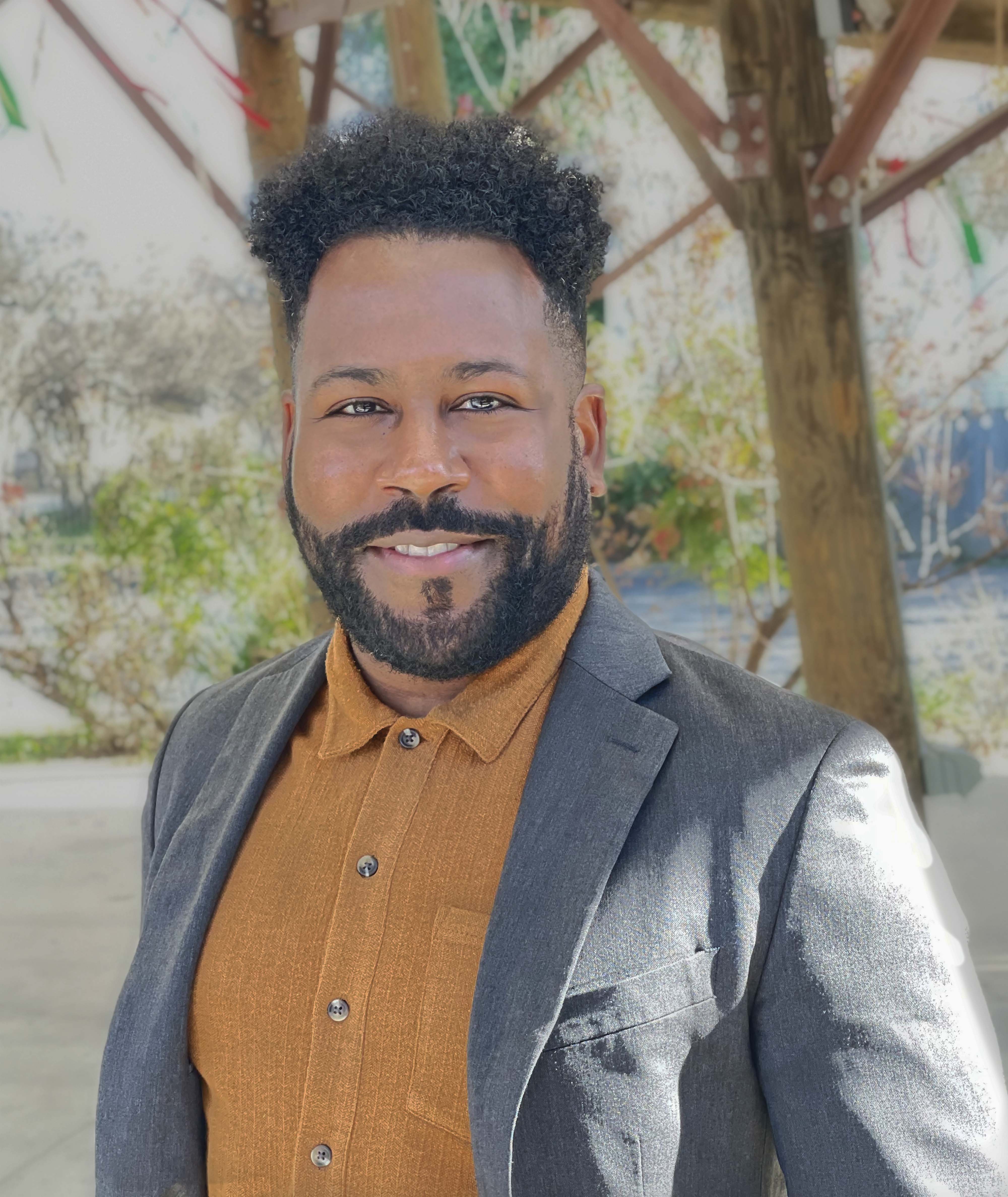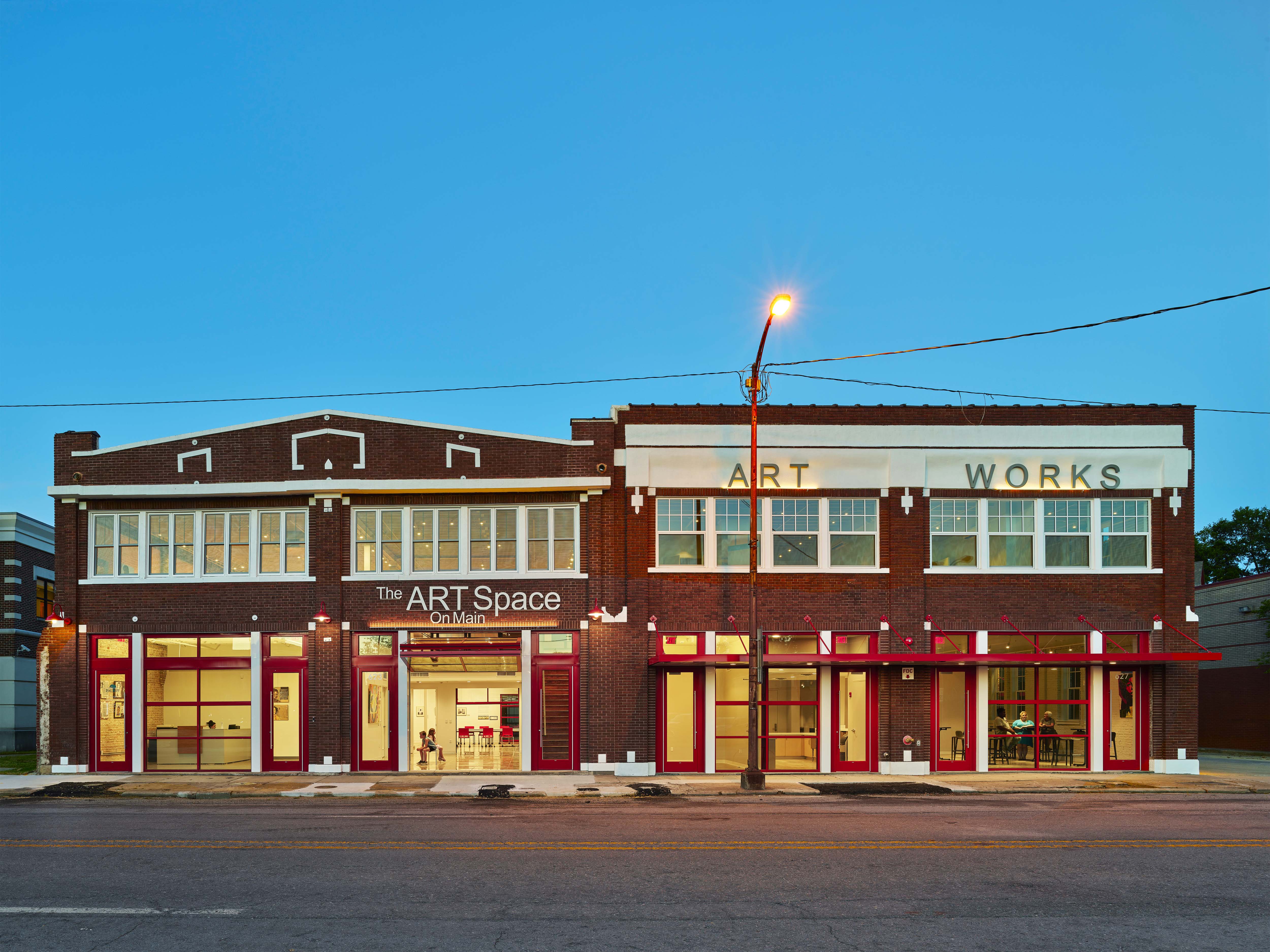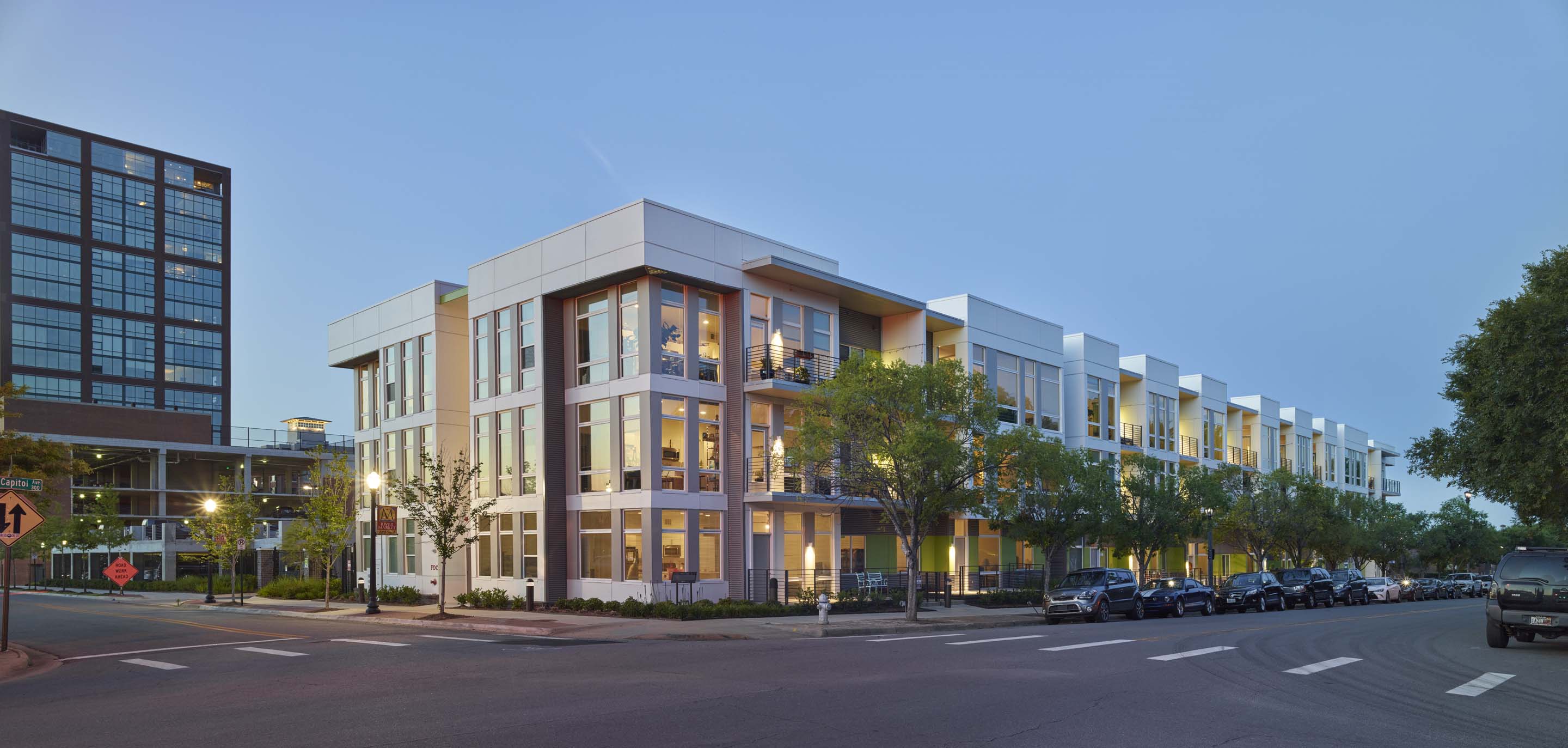Urban Design: Architect James Sullivan changing the face of city landscape
March 7-13, 2022
By Dwain Hebda
In every sense of the word, James Sullivan is an unqualified American success story. The Conway-born architect has built an impressive body of work in his young career, projects awash in architectural and design awards. Last December, he was elevated to the role of partner at his firm, AMR Architects.
That’s a lot to have accomplished in just 15 years since graduating from the Fay Jones School of Architecture, but time and work alone doesn’t fully describe just how far Sullivan’s tenure has come. As one of only eight African Americans holding an active license to practice architecture in the state, Sullivan’s early career was often a running challenge just to be granted access to construction sites of buildings of his own design.
“There have definitely been times in my career, especially early on, when I’d step on the job site as a young Black guy, and contractors not necessarily know what business I have being on a job site,” Sullivan said. “I’d almost been shooed away from a job site one time and had to check the person that was trying to push me off like, ‘No, I’m supposed to be here. I’m the person designing this project.’ There definitely have been times like that.”
“But I also think it works both ways. When you stick out, if you’re up for the challenge and if you have that drive, passion and talent, you can stand out in a good way and be noticed in a good way. That can also help propel you to some degree.”
Sullivan talks about such experiences with the tone of a person who has grown accustomed to being one of, if not, the only face of color in the room.
“When I started architecture school, I’d say we started out with about 100 kids in my freshman class and of that, I would say there were maybe five or less people of color starting out,” he said. “Architecture school in general is a pretty hard undergrad degree, anyway. The retention rate isn’t very high. We ended up with about 30 students by the time I graduated, and I was for sure the only Black person along with, I believe, a Hispanic guy that also graduated with me.”
Such experiences helped hone a keen sense of self, something that has stood out after graduation. Joining AMR Architects in Little Rock, he quickly stood out for his considerable talent and skill, bolstered by a highly supportive work environment.
“I’ve been fortunate to work in an office that has always supported me and it’s helped me build a certain level of confidence,” he said. “When you’re in certain sorts of situations, you feel confident enough to stand your ground and stand up for yourself, knowing when you get back to the office and you relay that story to your boss or whoever, that they are going to support you and agree that you did the right thing in that moment.”
“Our office is also unique in a sense, because we’ve always been a pretty small office compared to other firms in the city, but we’ve been fortunate enough to do a lot of very large, high-profile projects around town. Definitely one of the pros of that is you get opportunities a lot sooner to make your mark. And if you can do the job, you can continue to move up.”
Among the projects bearing Sullivan’s fingerprints are large-scale historic renovations, multi-family housing and higher-education projects for which he has performed all aspects of project management from design to construction management to client relations.
His recent work with the Arts and Science Center for Southeast Arkansas in Pine Bluff earned an AIA Merit Award, and his work on Mann on Main and Fassler Hall in downtown Little Rock earned him Historic Preservation Awards. Downtown work strikes a particular chord, he said.
“As a firm, we have had a big hand in shaping the River Market district,” he said. “We’ve worked on a number of projects on Main Street, and we’re all involved in different community engagement organizations. I currently sit on the River Market Design Review Committee. We have other people in our office who are on the design review committee for SOMA.”
“We’re very pro-downtown and are trying to make it as rich and vibrant and dense as possible. For us, it would be a dream to continue to develop and renovate buildings all down Main Street and encourage more people to move down here and to shop down here, go to restaurants down here. We’d love to do a giant master plan for the city and enrich downtown as much as we can.”
What attracted Sullivan to his chosen field was an early interest in residential design, something shared by his mother who would regularly check out the weekend parade of homes. The duo would drive around on weekends to various open houses and during these outings, James found himself increasingly fascinated by the various approaches’ builders took to organizing space.
“When I got a little older, I think I asked for one of those early-on computer programs where you can design houses online. I was always kind of geeked out on that aspect of it,” he said. “Then, at Conway High, they had a drafting class you could take. That was a really fortunate thing for me because it allowed me to get a better idea of how architecture school would be and how as a profession it would be from a more standardized way of designing things.”
Such offerings in the public schools were major accelerants to his desire to study and practice architecture, Sullivan said, while the lack of such instruction in schools statewide is one reason why the industry still struggles to attract people of color. Educational cost is another major hurdle.
“Architecture is a pretty expensive undergrad to take on,” he said. “There are study abroad programs that you oftentimes pay out of pocket. You have computers that have to power these more robust drafting programs. You have a lot of materials you have to buy for models. So, cost can play a factor when you have socioeconomically more depressed communities.”
But perhaps the thorniest issue preventing more Blacks from entering the field is Arkansas’ lack of minority role models in the industry which means fewer kids see themselves in that role, and thus fewer students to complete training and grow the ranks. It’s a self-perpetuating vicious cycle generations in the making.
“When you look at a lot of rural communities in the Delta where you have large concentrations of African Americans, for example, just the idea of being an architect as a profession is foreign to people,” he said. “Architecture has historically been a predominantly white male profession. You don’t necessarily grow up with parents who are architects or friends whose parents are architects if you’re a person of color. So, you don’t have that initial exposure organically.”
“And then more formally, not a lot of elementary schools, high schools, so on and so forth, have those design courses that you take early on to get that early exposure.”
Today, Sullivan endeavors to provide that role model for the next generation. He said he looks to his work not only for what it can preserve today, but what it can build in others tomorrow.
“I definitely want my work to inspire people,” he said. “I think that’s what we all want, is for people to use our spaces and get inspired to not only like the space, but start to wonder, ‘Who did this? How did they make this choice? That was a really smart idea.’ I want them to start to think more about how they can be a part of that process.”
“For me in particular, and I think it’s one of the things that our office tries to do, I really enjoy working in our community and communities like ours, being able to do projects that we can enjoy as well. That’s one of the great things about doing architecture is working on a project and then getting to go to that project once it’s done and not only enjoy it for yourself but see other people enjoy it.”
1. Architect James Sullivan changing the face of city landscape
2. MacArthur Commons provides sleek, elegant living in Little Rock’s highly walkable downtown district. Photo by Tim Hursley courtesy of AMR Architects.
3. Sullivan’s award-winning restoration of a downtown Pine Bluff space is now home to the Arts & Science Center of Southeast Arkansas’s ARTSx3. Photo by Tim Hursley courtesy of AMR Architects
4. JAMES SULLIVAN, AIA NOMA Partner, AIR Architects; Hometown: Conway, AR; Age: 37; Education: Conway High School (2002), Fay Jones School of Architecture, University of Arkansas (2007); Notable Projects: • Fassler Hall, Little Rock; • Dust Bowl, Little Rock; • Mann on Main, Little Rock; • The Arts and Sciences Center of Southeast Arkansas, Pine Pluff; Awards and Offices: • AIA Merit Award (Arts and Sciences Center of SE AR); • Historic Preservation Awards (Mann on Main and Fassler Hall); • Member, River Market Design Review Committee; • Co-chair, AIA Arkansas Diversity Committee




